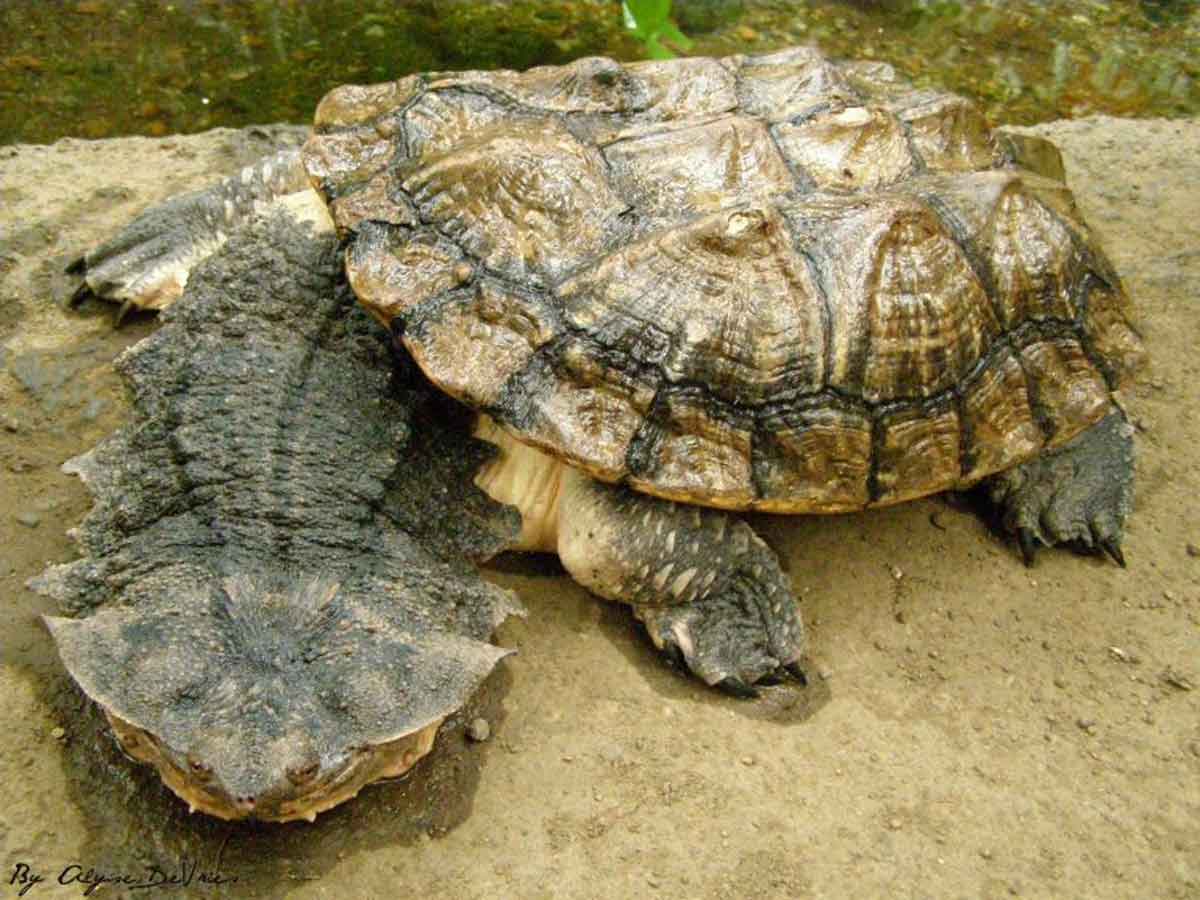The unexplored waters of the mighty Amazon River provide the perfect habitat for a wealth of species. Beneath the surface of this mysterious sediment heavy river is a murky underworld home to a few weird and terrifying creatures. The Amazon Basin is a raw and primitive place, with a unique biome. Visiting the Amazon is a coveted dream for many nature lovers, but a few of its inhabitants are enough to turn coveted dreams into freakish nightmares.
These are our 6 weird and terrifying creatures of the Amazon River – there are still plenty more lurking in the shadows, but we don’t want to freak you out by listing them all in one blog post!
Vampire Fish : Saber-tooth monsters
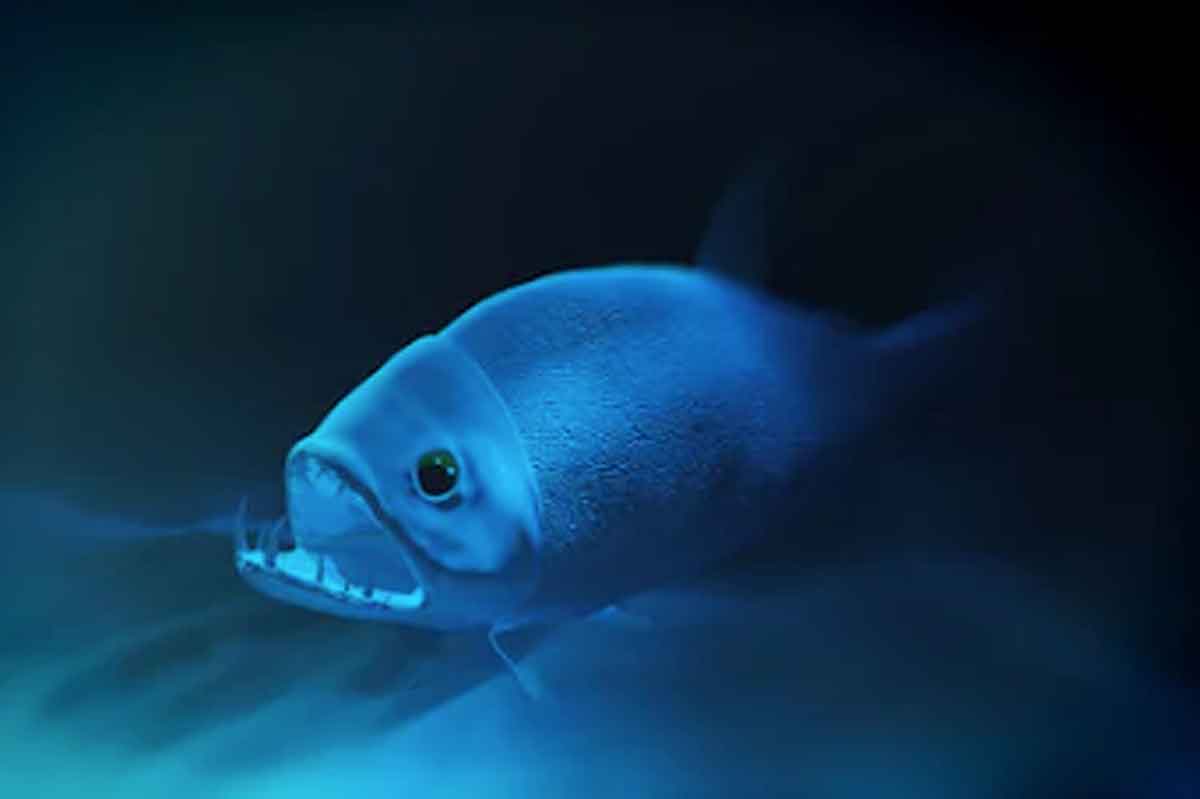
The vampire fish (also known as payara fish) is a ferocious hunter that certainly doesn’t back away from a fight. Armed with massive bottom fangs and razor sharp teeth, this evil looking fish is a common resident of the Amazon Basin.
The vampire fish swims with the current and is also a fan of tumultuous, churning waters. Rapids and waterfalls are common places for the vampire fish to congregate. This scary looking fish has a bad reputation because of its ominous teeth, but they generally aren’t predatory towards humans. Their favourite meal is the piranha ! Our advice? Just try to avoid the vampire fish.
Arapaima : One of the world’s largest freshwater fish
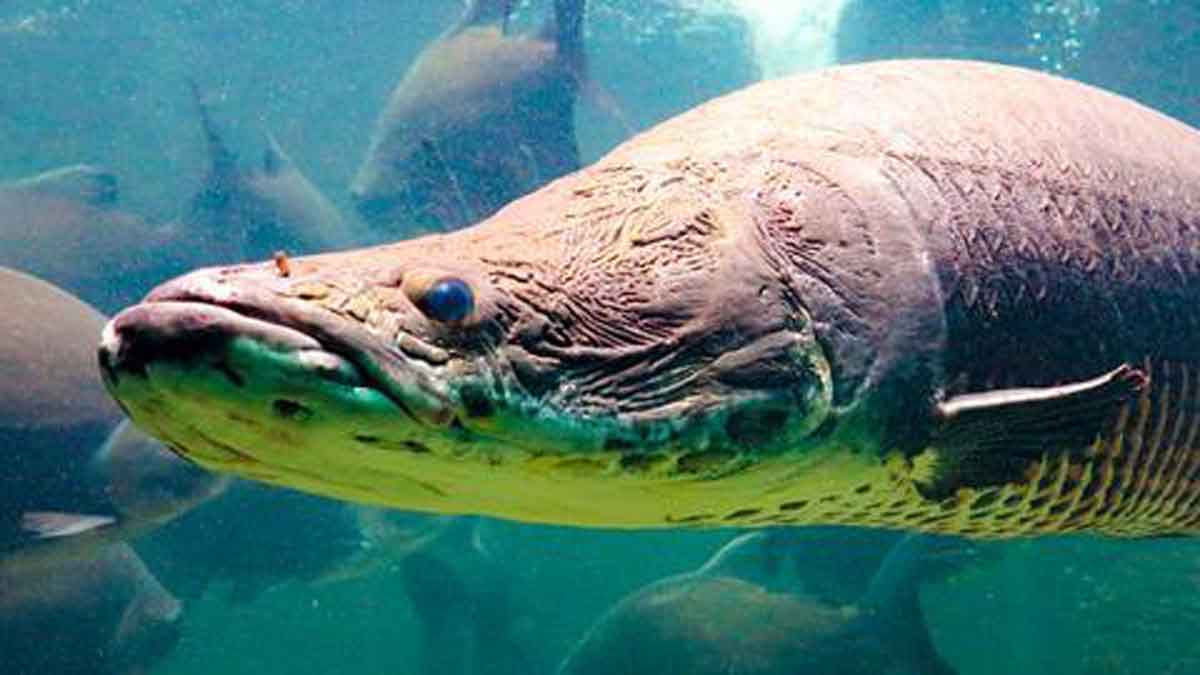
The colossal Arapaima is one of the world’s largest freshwater fish and can reach remarkable lengths of up to 2m, earning it a reputation as being one of the beasts of the Amazon Basin. Unfortunately, this fish is one of the most overfished species, making it quite rare to spot individuals over 2m.
It’s easily identifiable by its red markings, strange underbite and large green and black flecked scales. The Arapaima has both dorsal and anal fins close to the tail. This fine predator feasts on crustaceans, land animals close to shore and has a unique method of bolting out of the water to attack its prey. An absolute torpedo of a fish !
Green Anaconda : Real life monsters from horror movies
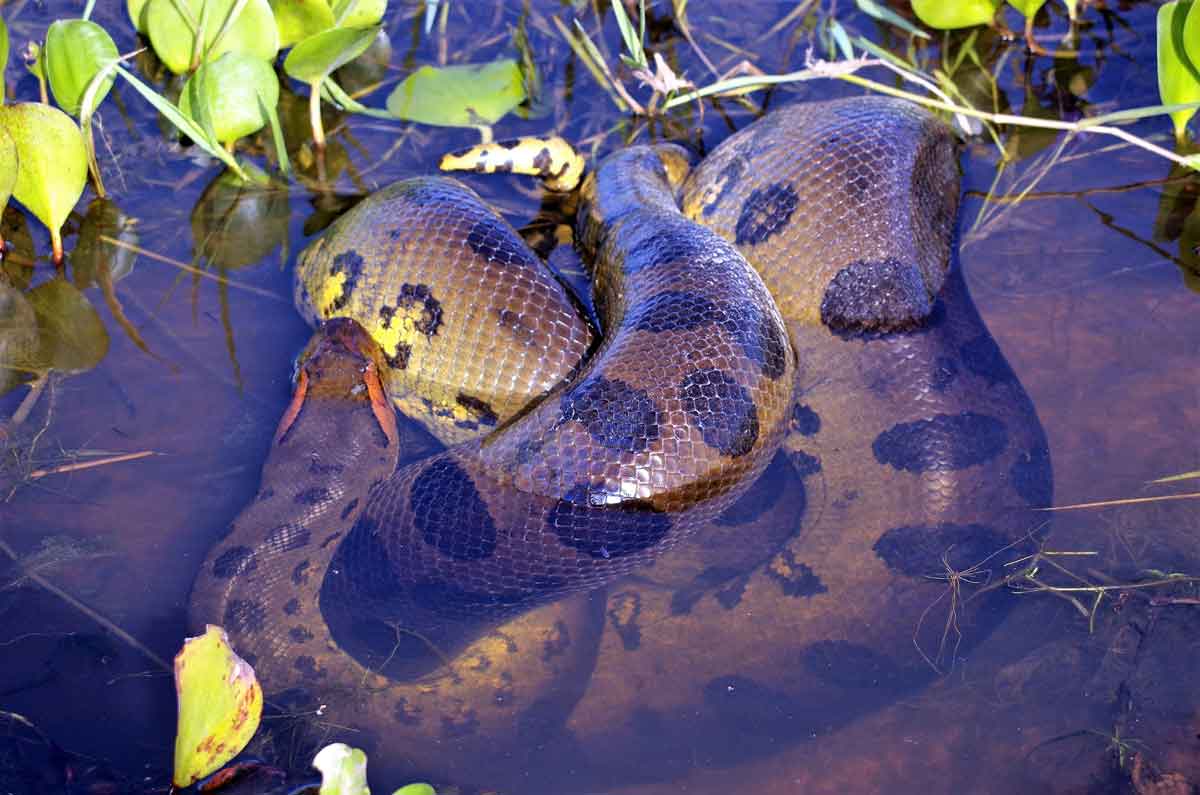
The green anaconda is also referred to as the common anaconda or water boa. Although non-venomous, it’s extremely dangerous. The water-loving anaconda has the ability to constrict and strangle its prey to death. It is the largest and heaviest snake in the world, and not one you want to come into contact with while in the water.
Although massive in size and stature, they are graceful and stealth-like in their watery domain. Their preferred habitat includes swamps, tranquil streams and dense rain soaked forest floors. Wild pigs, caimans, capybaras and deer are all potential targets for the anaconda.
Giant Leech : World’s LARGEST blood sucking parasite
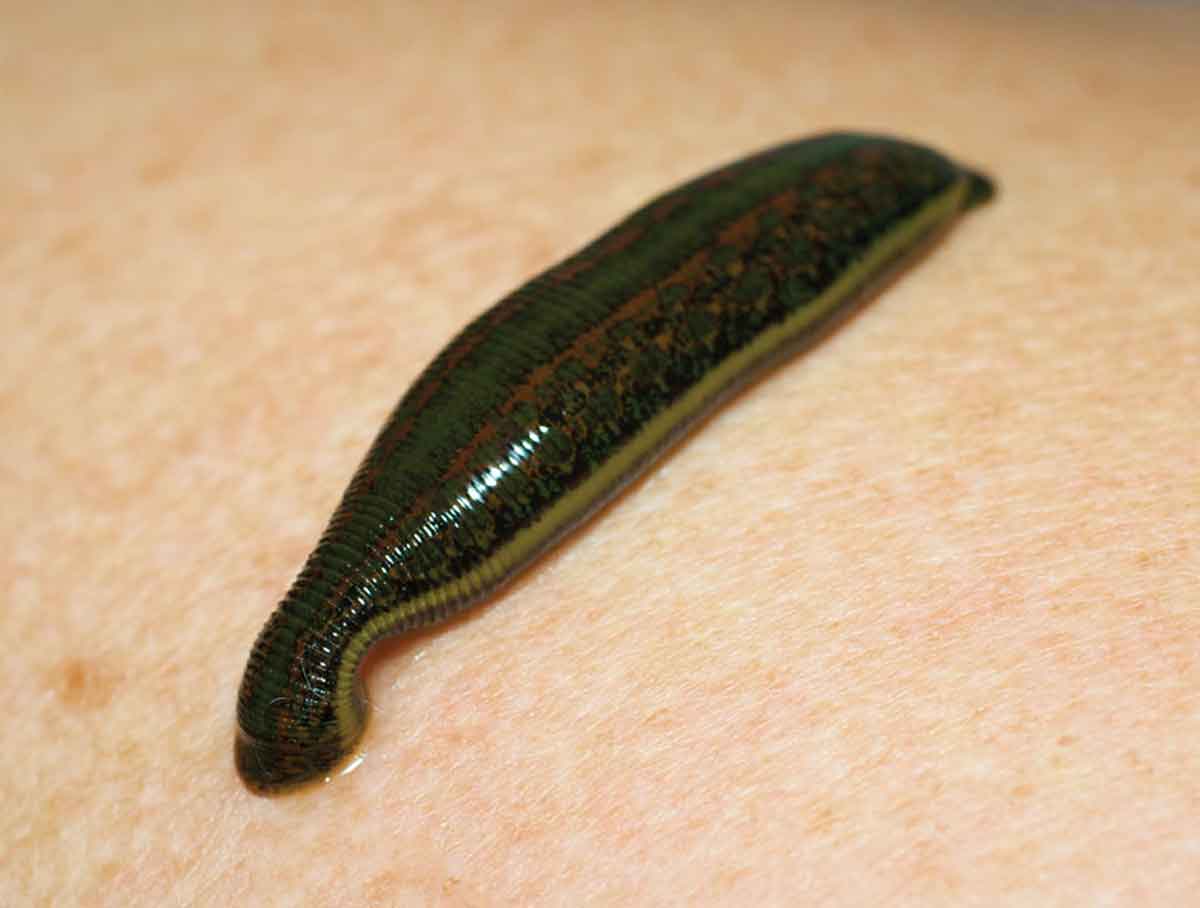
Want to know what the world’s largest blood sucking leech is? It’s the Amazon Giant Leech. This parasite can grow up to 45 cm in length and is found in freshwater areas in the Amazon. There are actually 1000s of species of leeches, but this one takes the title for being the most grotesque.
These leeches are a dark-tea colour which means they’re camouflaged in the waters of the swampy rainforests. They tend to aggregate in mouth of rivers in Venezuela, the Guianas and Amazon.
Giant leeches will find you by tracking your movement and your shadow. They tend to “stab” you and penetrate deep into your tissue. You don’t generally feel the stab because it is accompanied by an anaesthetic property.
Don’t believe the old wives tale about putting salt on a leech to remove it – all this does is induce vomiting, which you don’t want in your open wound. To remove it, you need to slide your finger towards its mouth and extract it slowly.
Mata Mata Turtle : The weirdest looking turtle

This prehistoric creature looks like a hybrid between a crocodile and a turtle…and a leaf. This is the mata mata, a freshwater turtle found primarily in the Amazon basin. Their heads are longer than their bodies and can extend quite far out. Mata matas amble slowly across riverbeds, gentle streams, channels, marshes and swamps. Their useful disguise of looking like foliage means that unsuspecting prey swims past without batting an eyelid. Mata matas feed on fish by sucking them up
It is believed that locals often refer to unattractive women as “mata matas” !
Candiru : The Genital Parasite

This horrifically ugly and translucent parasite moves at the speed of light. It’s otherwise known as the toothpick fish or freshwater cat fish parasite. This powerfully fast “fish” is reported to have a knack of lodging itself into the urethra of people urinating in the water.
You read that correctly.
Often referred to as the penis fish, the candiru is not a pleasant parasite. The rumour mill is rife with stories of this feared parasite nesting inside the penis and eating it from the inside. This is an urban legend, but trust us – this is not a pleasant parasite.
Found in the waters of Bolivia, Brazil, Colombia, Ecuador and Peru, the candiru is one of the most feared and unsettling of all the micro beasts. These parasites are drawn to the urea and ammonia from urine, and the mini currents created when you – well – pee in the water. The only way to remove the parasite after its gorged itself on blood and its body swollen, is delicate surgery. The good news is that humans aren’t really viable hosts for candiru.

